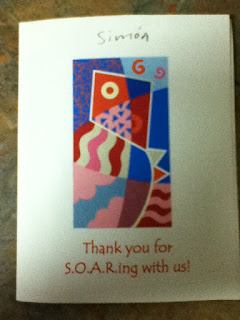Student Reflection

by Haley Dwyer Hi all! I’m back and it’s sad to say but my time at the Refugee Center is coming to a close. I have done a lot at the Center over this semester and learned a lot from my experiences. One of the skills that I will take out of this experience is the ability to translate documents. At the Center, they translate all sorts of documents in every language. Over the semester, I have translated everything from birth certificates to divorce certificates to diplomas. Through these experiences I have learned a lot about the art of translation. When translating federal documents to English I have learned the importance of word choice. Different types of documents use different types of words so it is extremely important that as a translator, you realize what type of document you are translating. Because federal documents use specific words that I am not always familiar with, I use wordreference.com often to attempt to choose the perfect word. On wordreference.com ...













